5 rookie mistakes I’ve made when buying plants for my garden and will never fall for again
Where I was going wrong at the garden centre and how I've fixed it
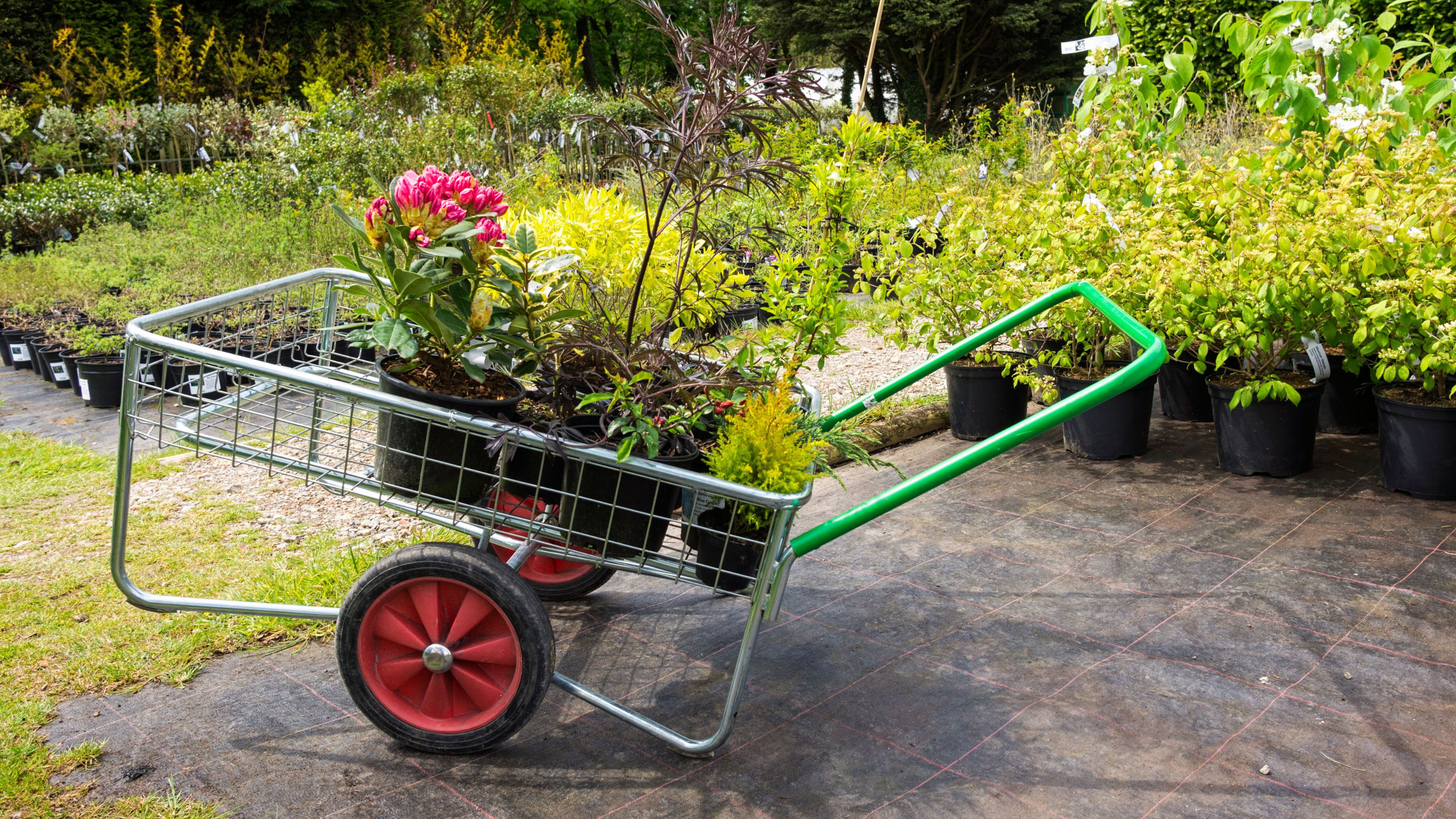

There’s nothing I like better than a trip around the garden centre on a Sunday morning, filling up the trolley with plants. But it’s easy to get carried away when shopping for plants, whether being swayed by a bargain, buying the wrong type of plant or buying more than I need - just a few of the rookie mistakes I’ve made when buying plants for my garden.
But as even the most experienced gardener will tell you, gardening does involve a lot of trial and error and making mistakes is all part of the process. And while plant-buying mistakes can be expensive and frustrating, they are something that every gardener makes from time to time, yet are still an easily-avoided garden mistake.
For me, the trick is all about having a plan - knowing what I need (disregarding what I don’t) and having a shopping list in my hand. And while I do still get distracted by the odd bargain buy or urge to rescue a plant from the clearance table, my plant-buying mistakes are getting fewer.
These are the five rookie mistakes I’ve made when buying plants for the garden and how I’ve fixed them.
1. Impulse buying
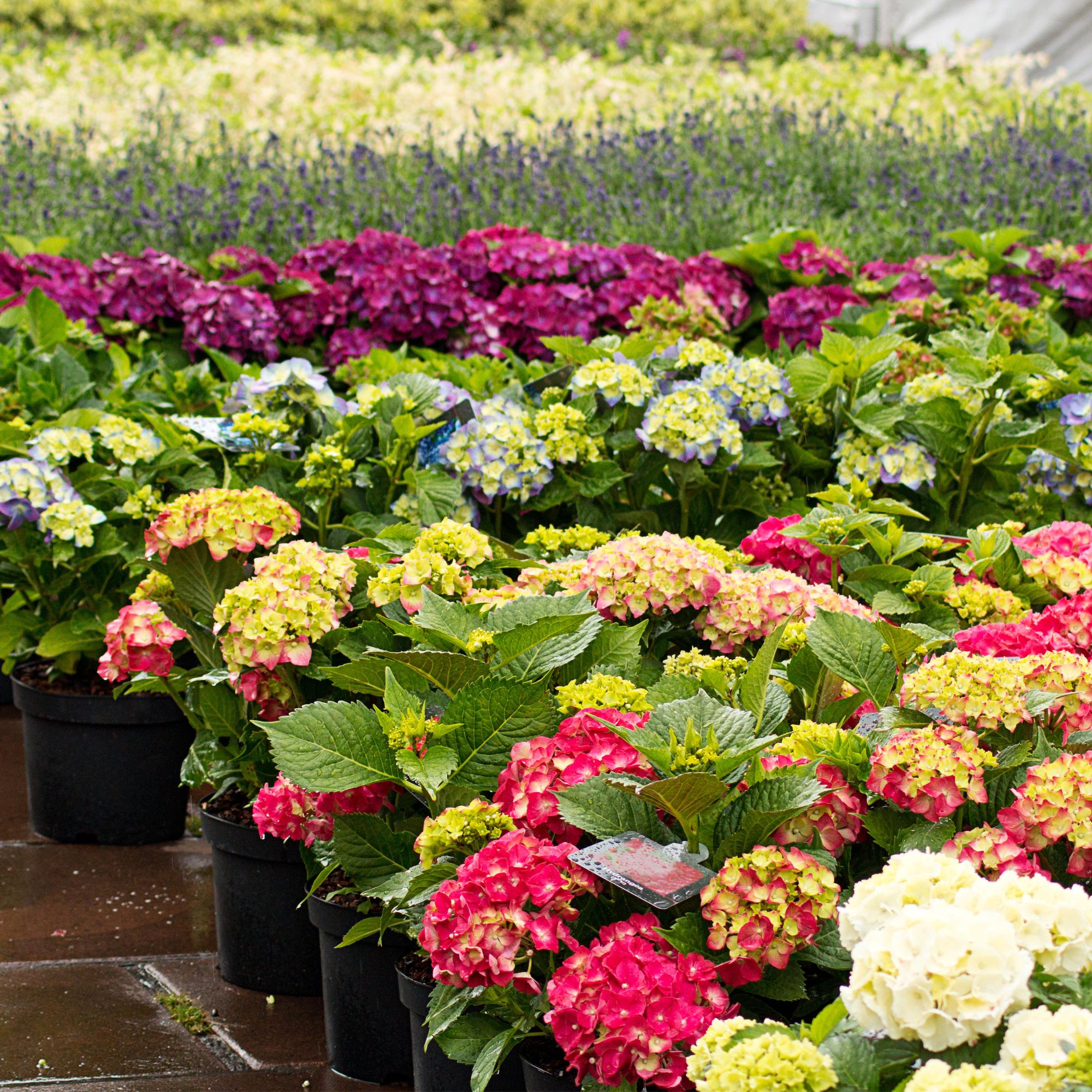
Being faced with a fabulous display of hydrangeas or a ‘clearance’ stand full of marked-down plants as I walk into the garden centre is a sure-fire way to grab my attention. But while it’s great to bag a bargain, I’ve lost count of the times I’ve filled up the trolley with impulse buys, only to get home and realise I’ve bought too many of the wrong things or I don’t have the right spot or enough space to plant up my ‘bargains’.
Overbuying is a classic small garden mistake to avoid, especially with a compact garden like mine and limited growing space. And plants being left to shrivel up and die on the potting bench without being planted out is never a good thing (plus a waste of money too).
My golden rule is always to make a plan of what I need for the garden and a shopping list of buys before I leave the house. Knowing where there are gaps, doing my research and working out the best plants to fill the space, along with determining how many plants I’ll need, has helped steer me away from all those strategically-placed garden centre stands full of plant ‘eye candy’ and has been a big money-saver too.
Sign up to our newsletter for style inspiration, real homes, project and garden advice and shopping know-how
2. Under buying
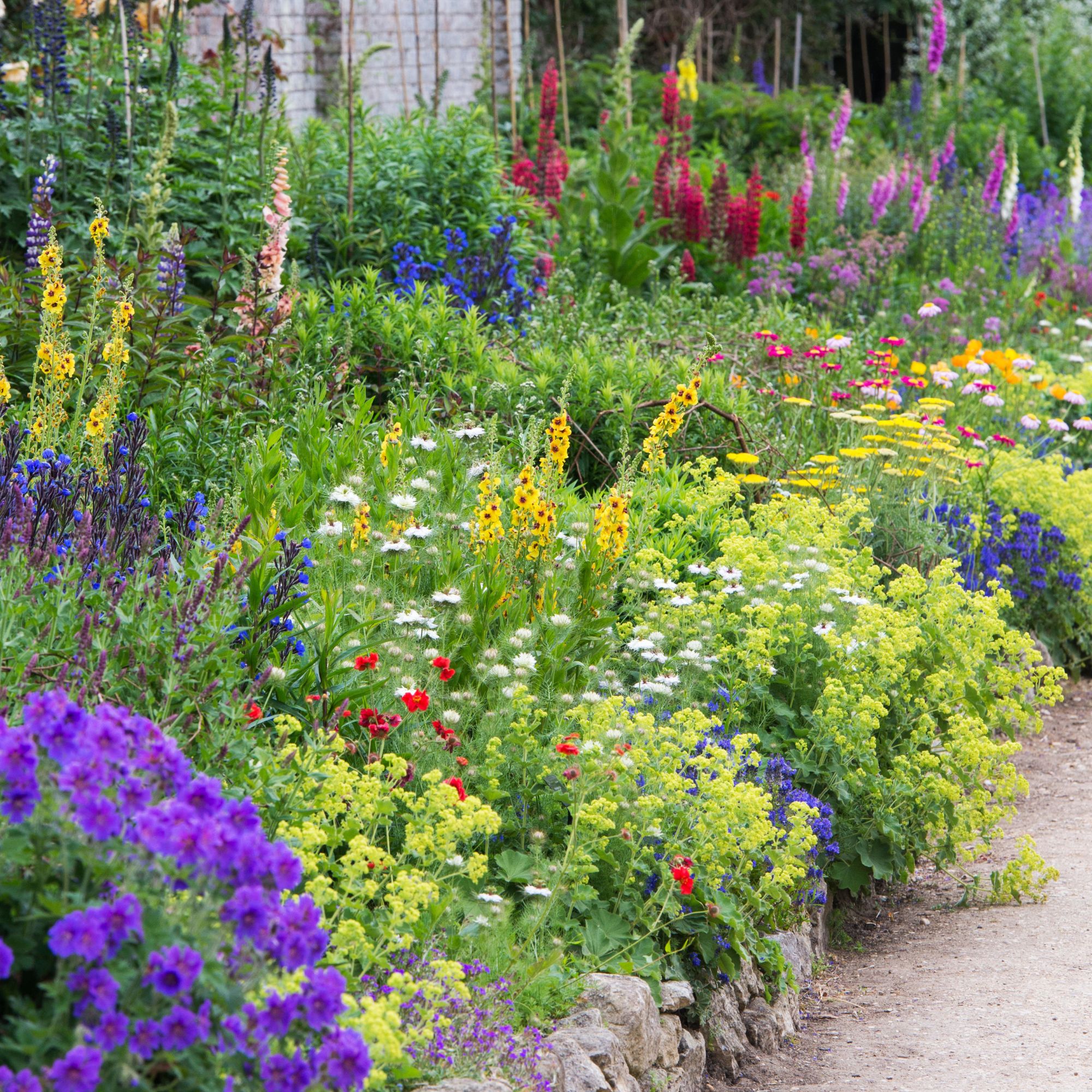
The opposite of my ‘over-buying’ plant tendencies, under-buying or only buying one of each plant, was a mistake I made all the time when I got my first garden and needed bed and border ideas.
Buying individual plants and planting them one-by-one along the flower bed created a bit of a jumbled effect, and rather than making the plants stand out (as I’d hoped) looked muddled and pretty underwhelming.
With experience, I’ve discovered that repetition is the way to go when it comes to flower bed ideas, so now I try to buy several of the same types of plants when shopping, positioning them along the border to create cohesion and more of a natural rhythm like the border above. And adding in colourful flowers clustered in groups of three or five repeated along the border also helps to draw the eye in and along.
3. Right plant, wrong place
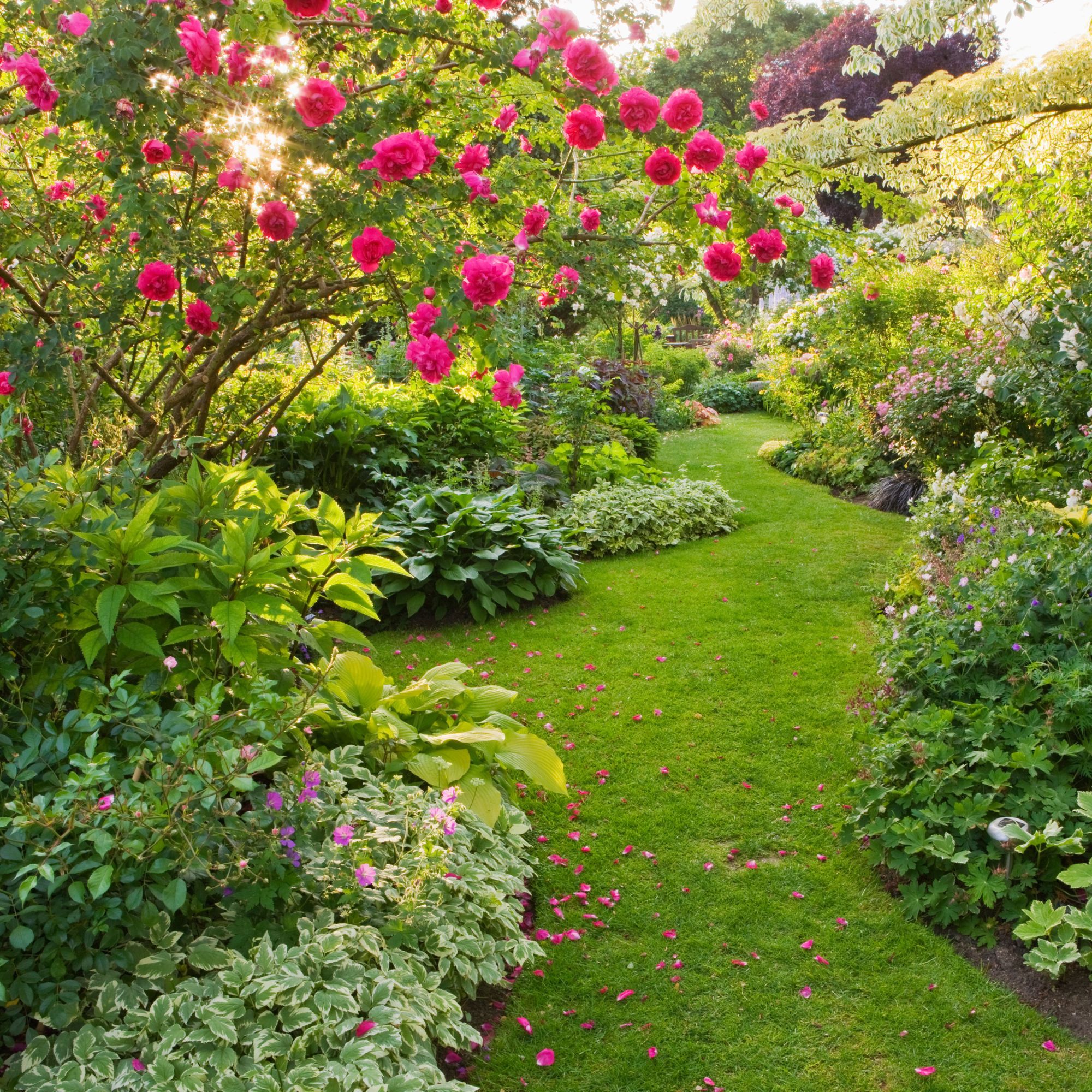
Having my heart set on a particular plant but not factoring in if the growing conditions are right for it in my chosen spot is another buying mistake I’ve been guilty of when picking plants for the garden.
From the bougainvillaea I planted that died from lack of sun, to the hydrangea that failed as it was in too-sunny a spot, not thinking about where a plant is to go before buying can be a risky move and the difference between a plant performing well and it failing.
Doing your research is key. There are all kinds of factors that can affect the growing conditions of a certain location, such as the amount of sunlight or shade it gets, moisture levels and soil type - testing your soil's PH level is always a good idea with a PH meter like this from Amazon.
One tip I’ve picked up is to look at neighbours’ gardens. If there’s a particular plant they are growing and it’s thriving, then chances are you’ve got the same soil type and it will grow well in your garden too.
4. Not looking at plant labels

It might sound obvious, but checking the labels when you buy plants is a must. Plant labels will tell you about the plant’s basic requirements, such as whether it is sun or shade-loving, the ideal soil conditions, how deep to plant and bloom times.
But most importantly of all - for me - plant labels will advise on the final height and spread the plant should grow to, which is crucial when garden planning and working out where to position your plant and how much space to allow for it.
It can be hard to visualise when you’re standing in the garden centre with a tiny potted shrub in your hands, but knowing its size at maturity will help you work out the best spot for it. One of the first plants I bought was a small smoke bush for my garden border, which is now tree-sized (although it does look quite stunning).
5. Buying plants in full bloom
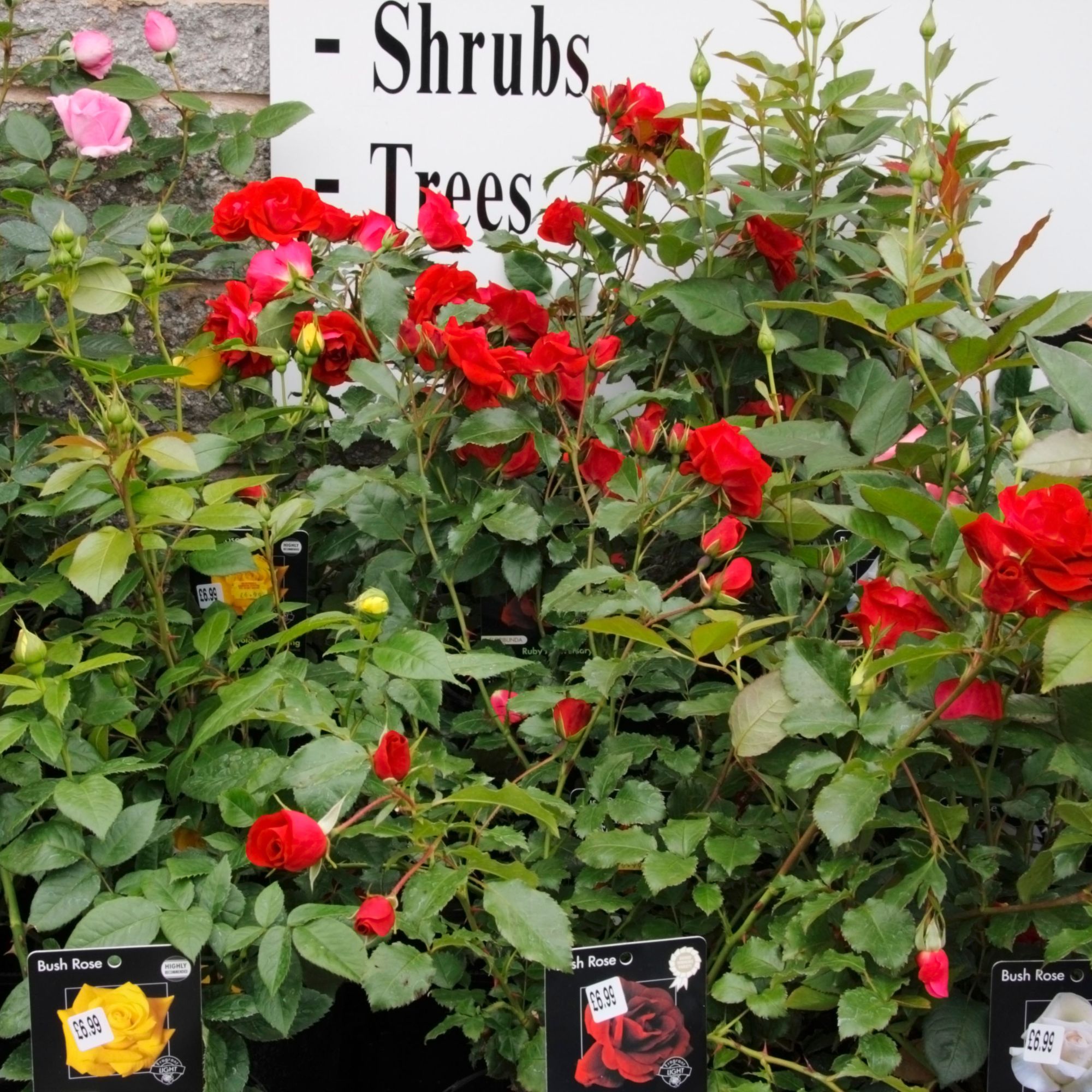
While it can be tempting to buy plants that are already in flower, leave these on the rack and check if there are any flowerless plants would be my advice. Flowers can be a distraction, and while they do look bright and colourful on the plant stand, many a time I’ve arrived home only to find that half the flowers have dropped off on the way.
Instead of being enticed by the blooms, I always look at the foliage first when buying plants now. Compact, well-proportioned plants with rich green leaves and stocky stems that are just starting to bud are the best bet, especially with autumn-flowering shrubs like camellias or bush roses, which means I’ll benefit more from their display after they’ve been planted.
Do you have any plant buying tips that you swear by? Let us know below!

Lisa is a freelance journalist who has written about interiors for more than 25 years. Previously editor of Style at Home magazine, she has worked on all the major homes titles, including Ideal Home, Country Homes & Interiors, 25 Beautiful Homes and Homes & Gardens. She has covered pretty much every area of the home, from shopping and decorating, crafts and DIY to real homes and makeovers and now regularly writes gardening stories for Ideal Home.